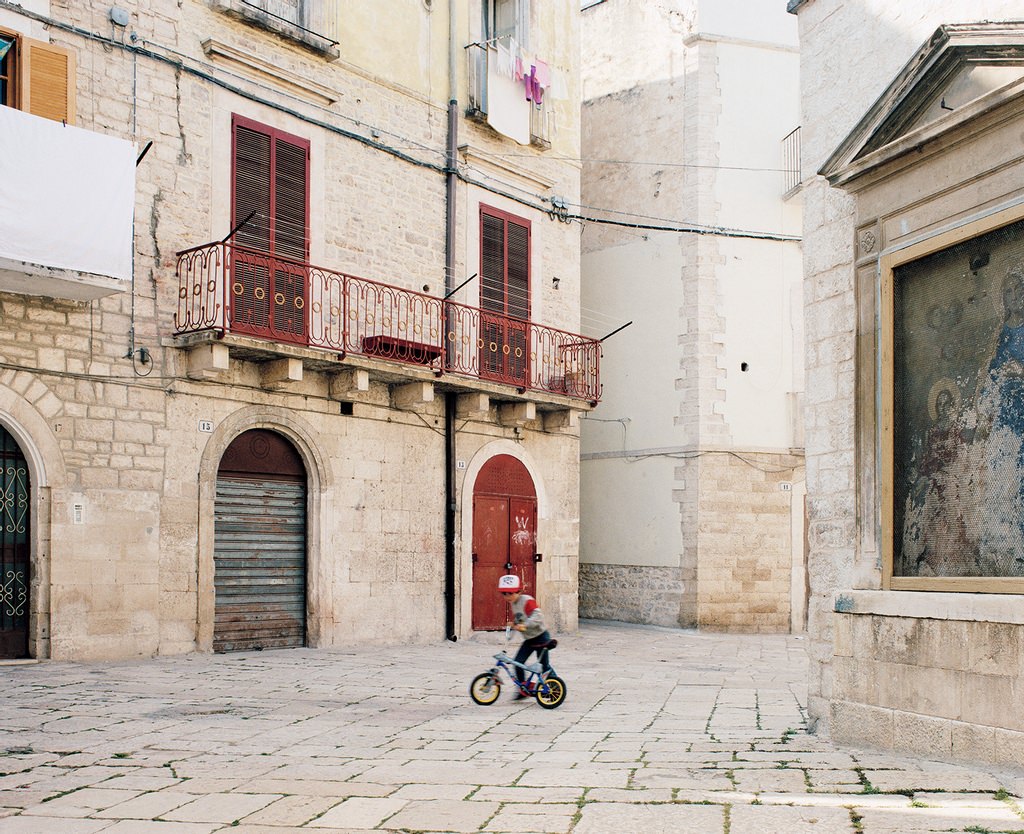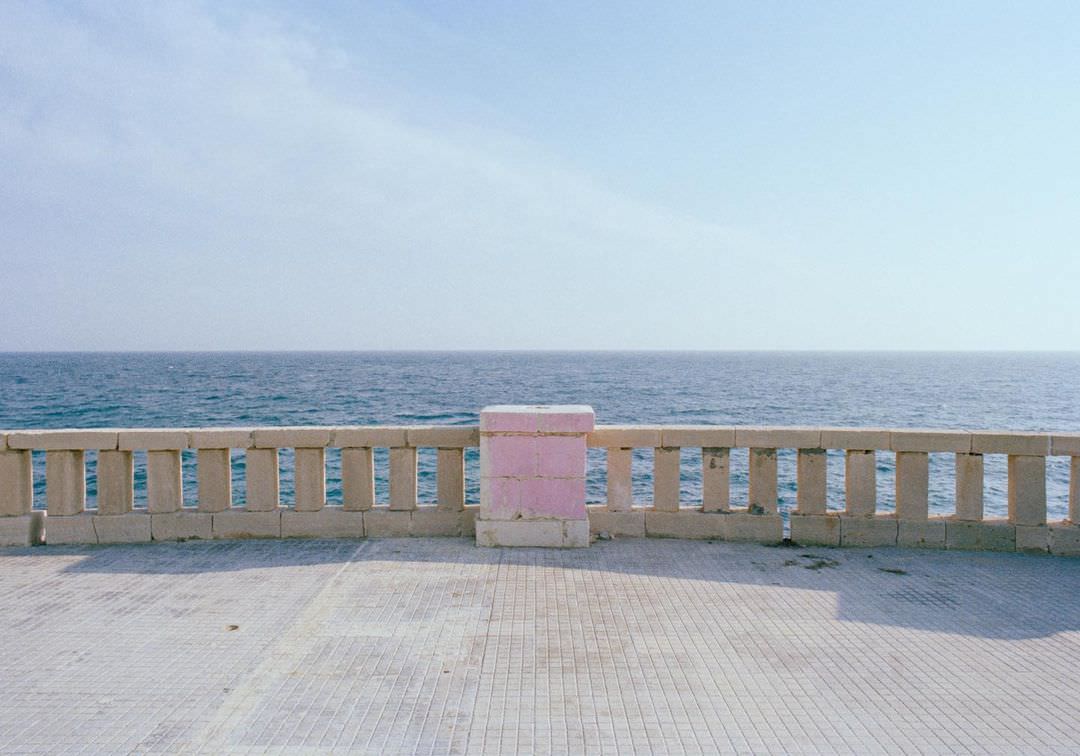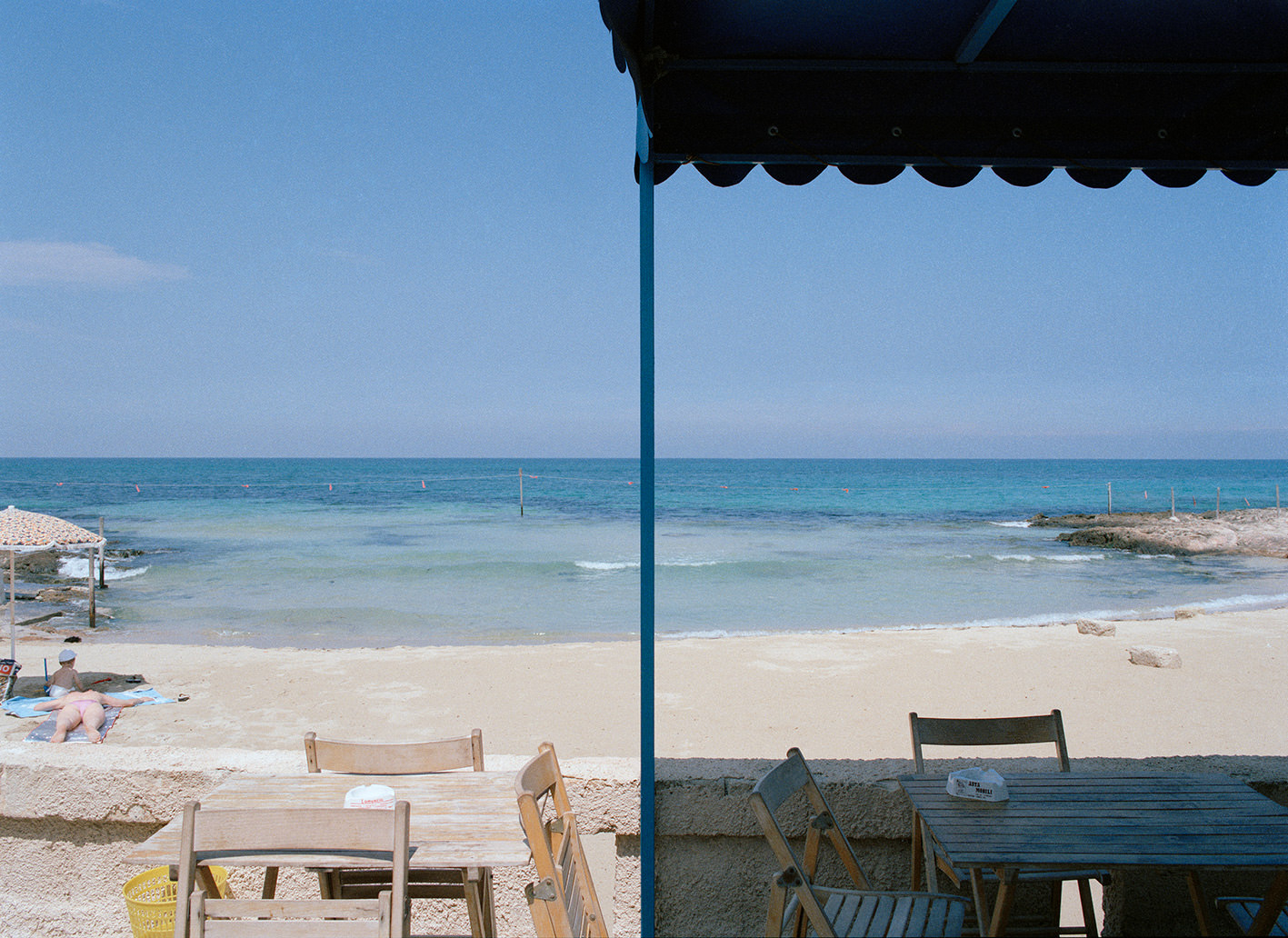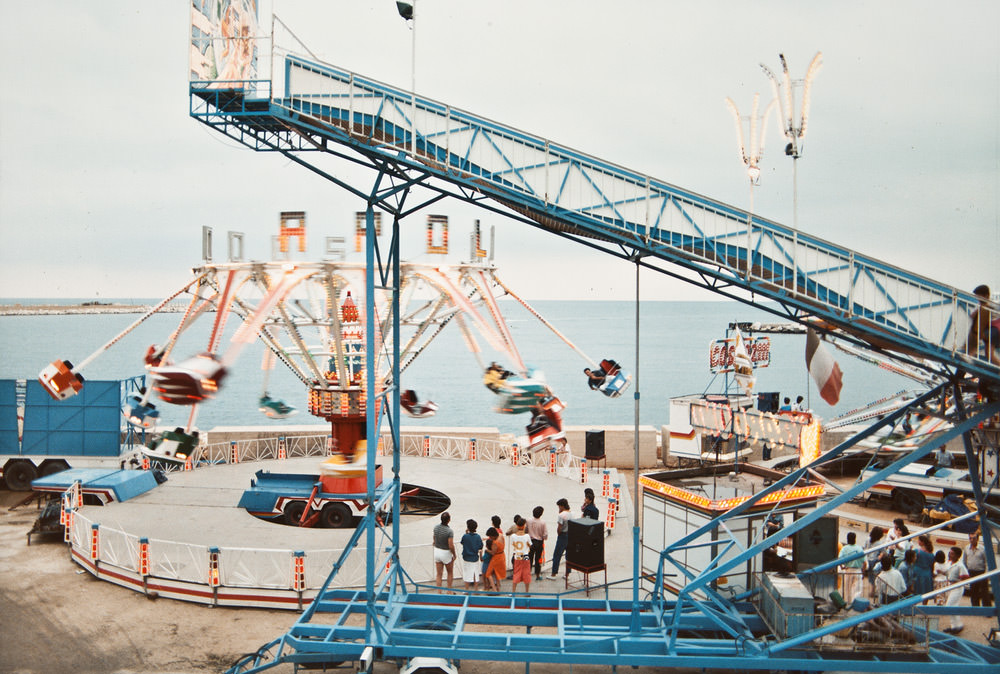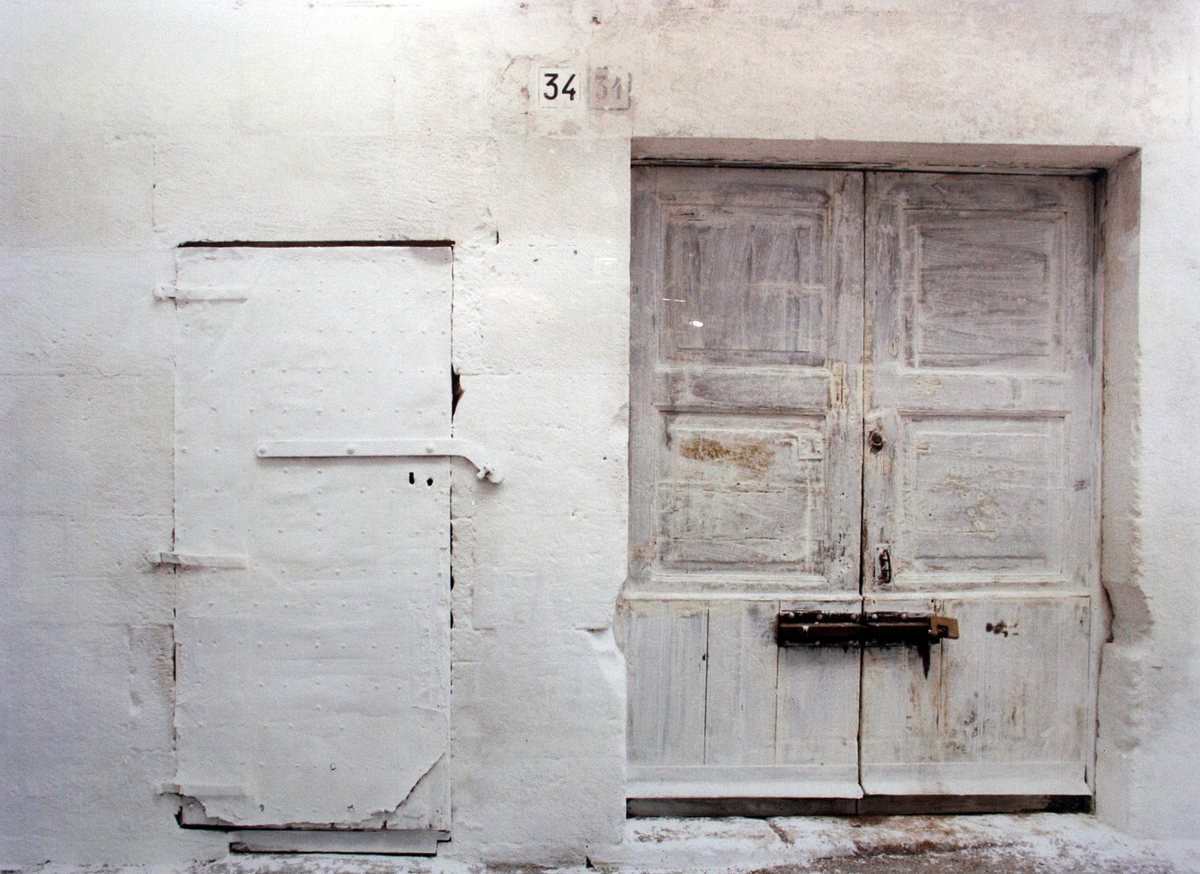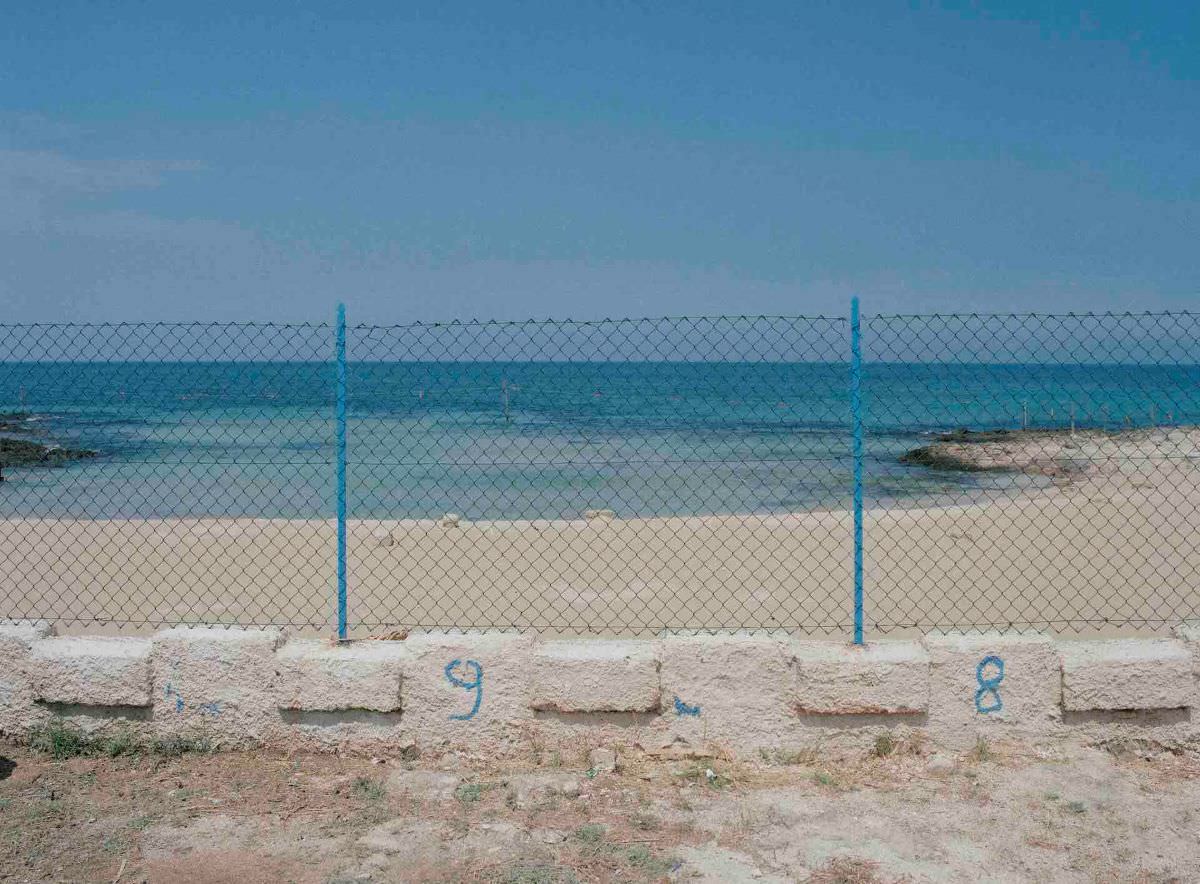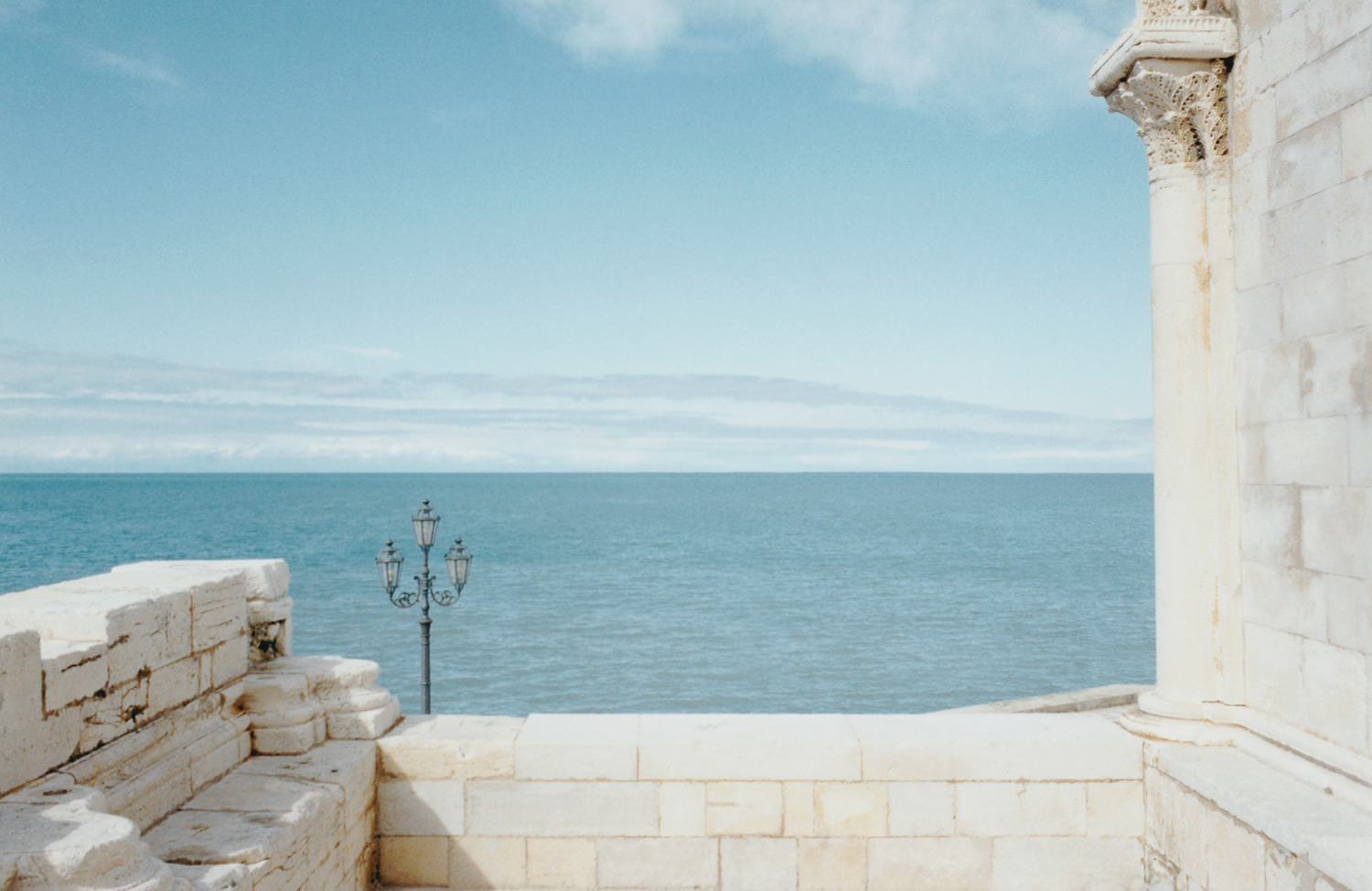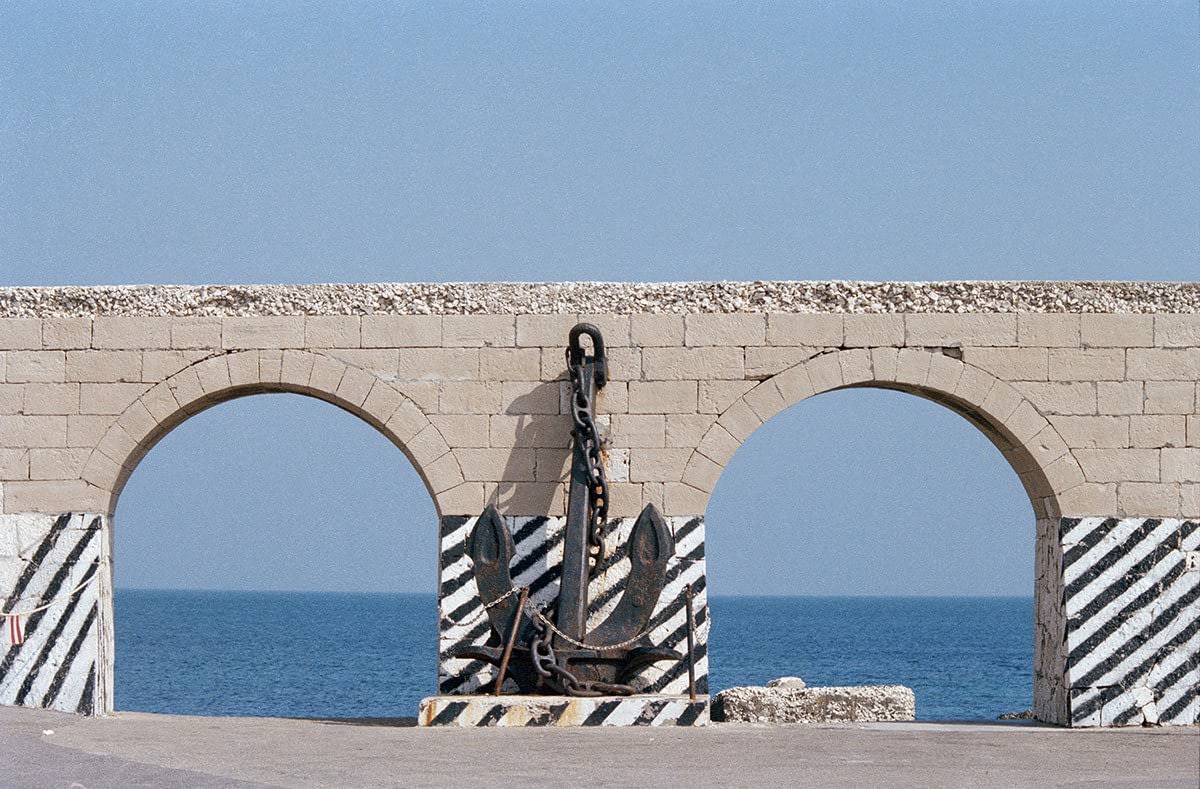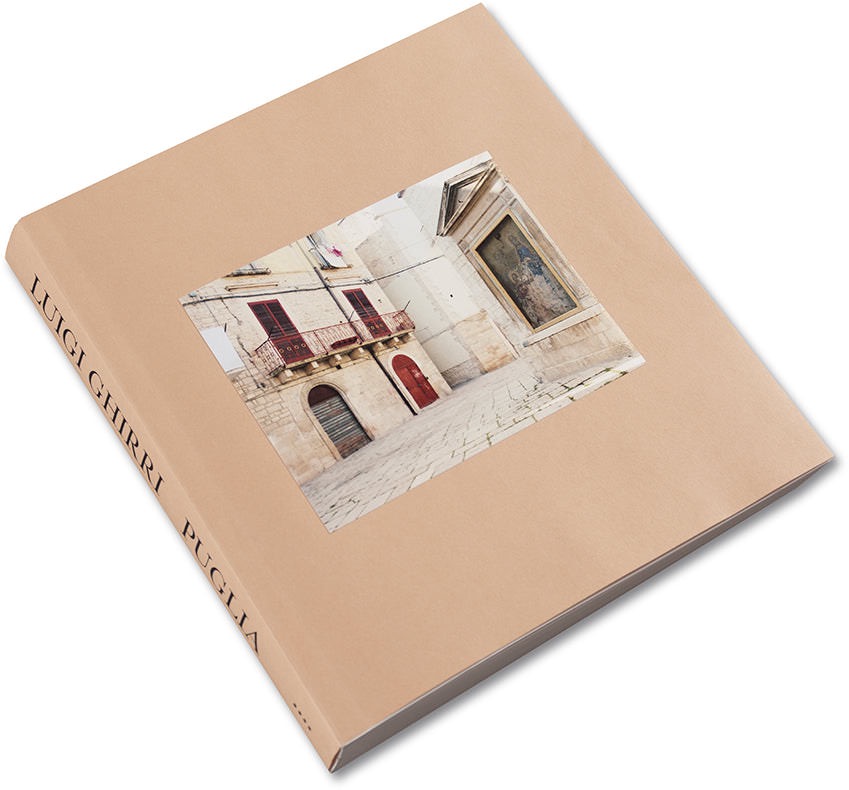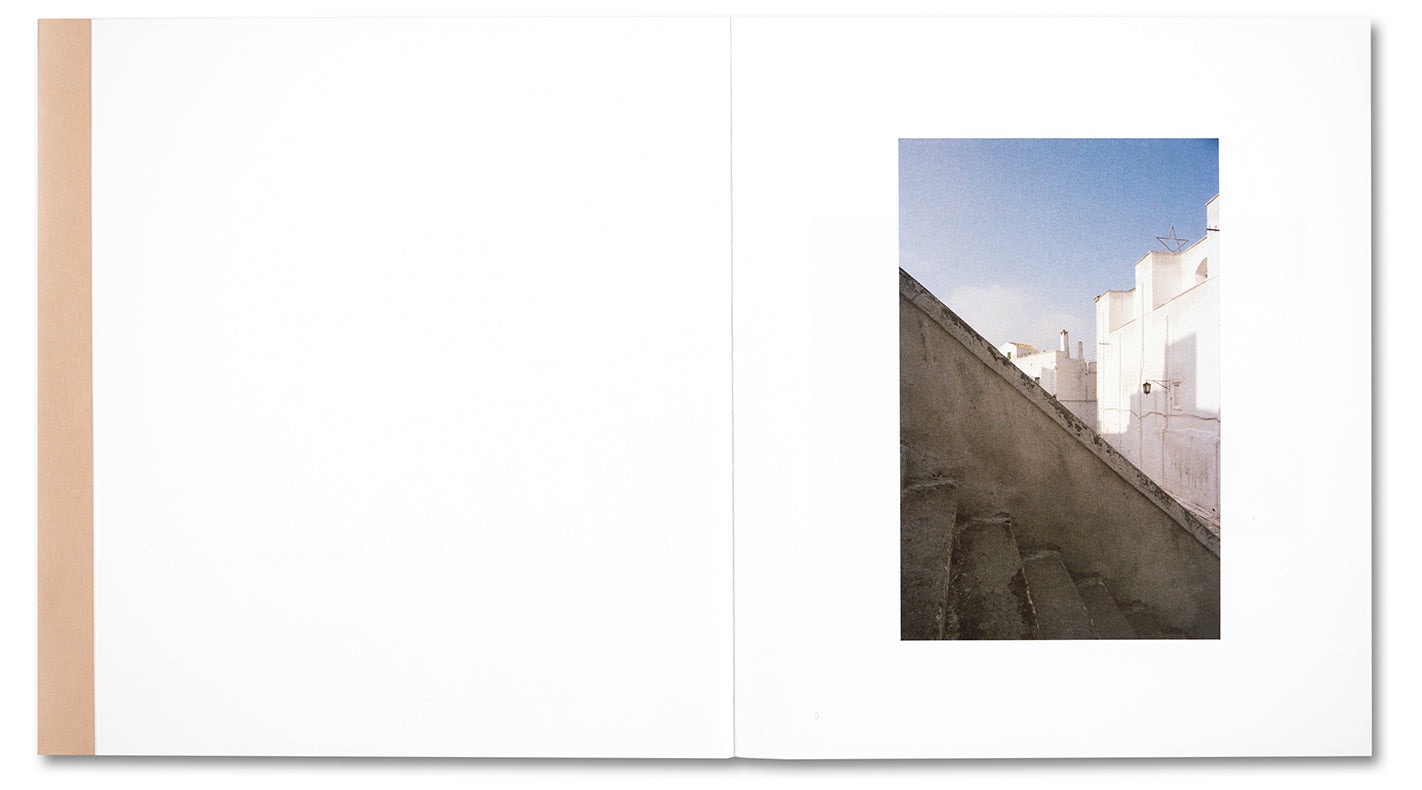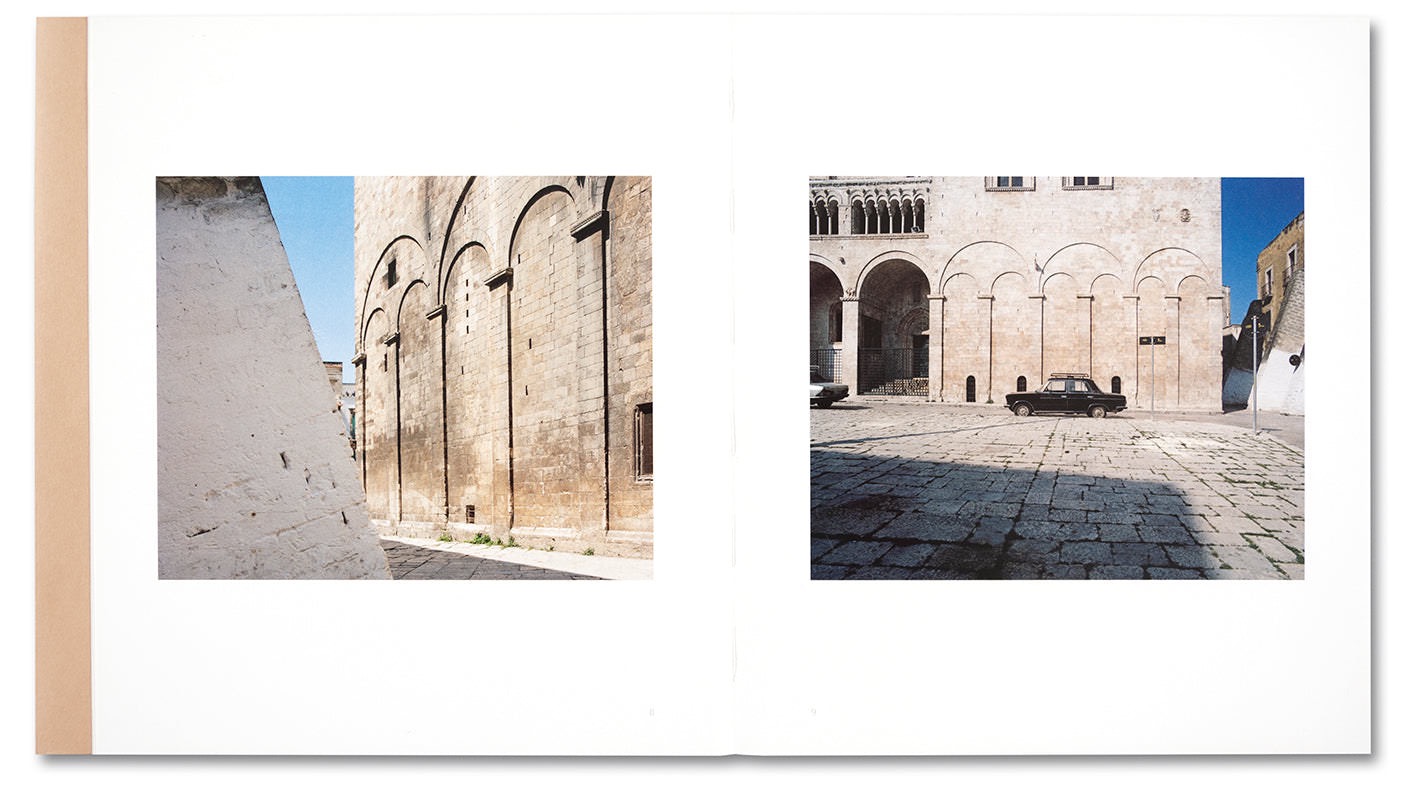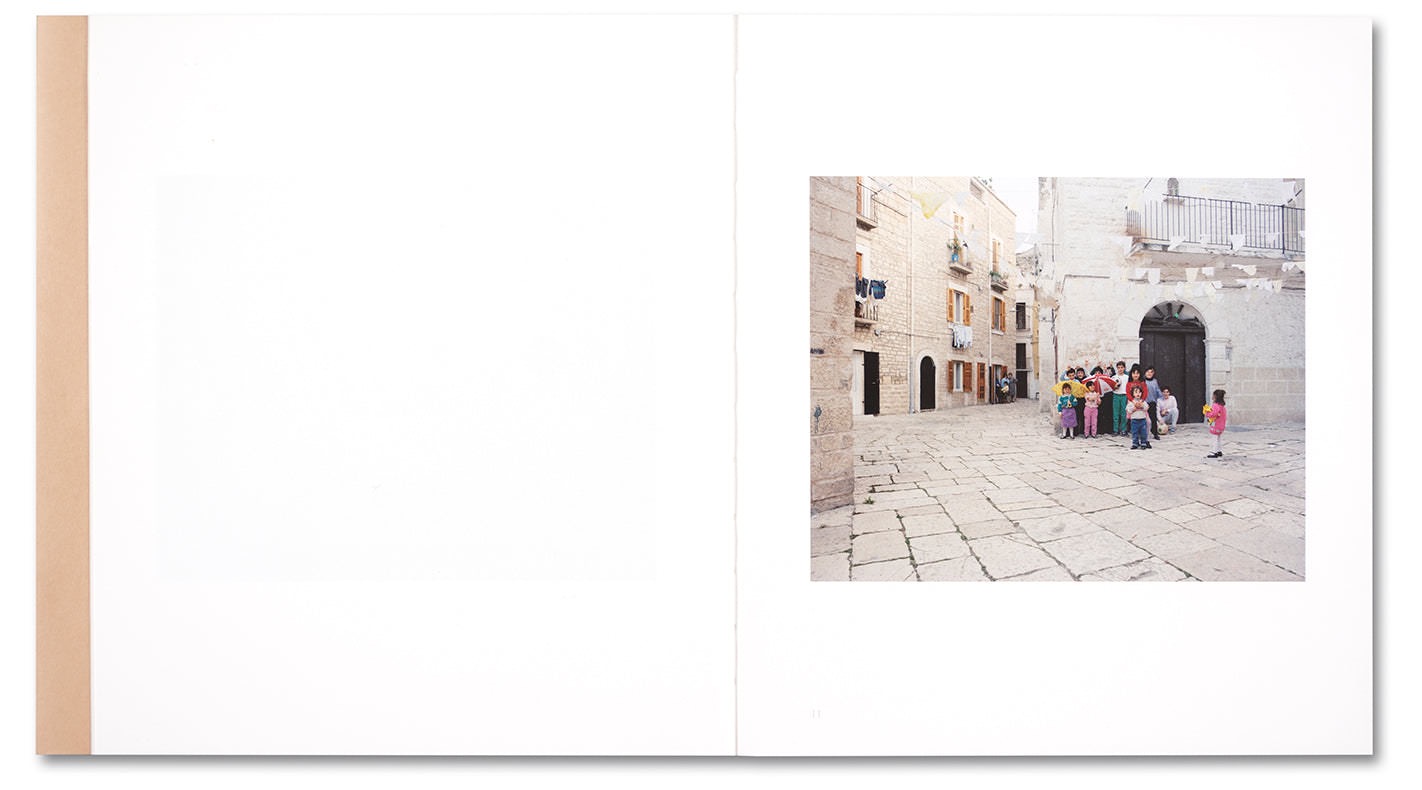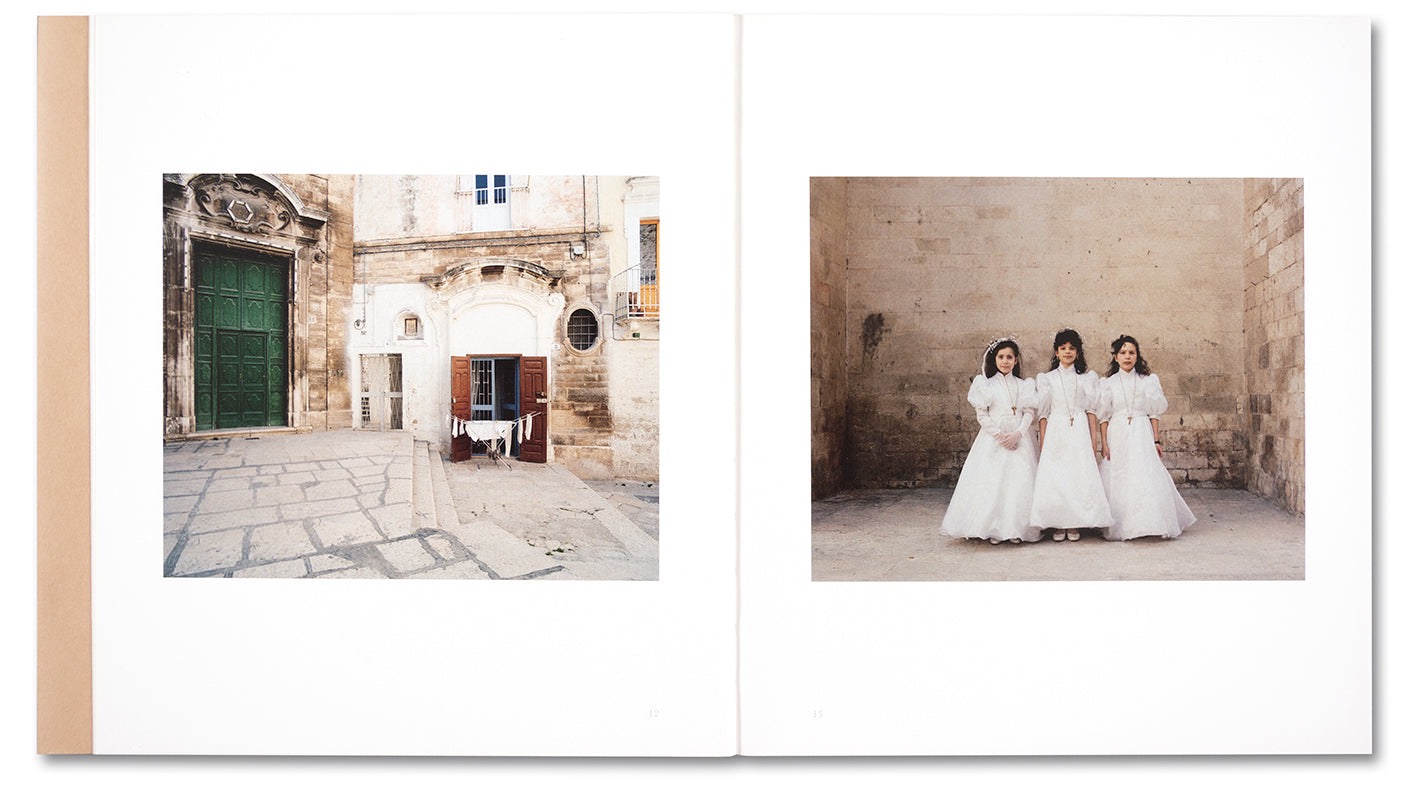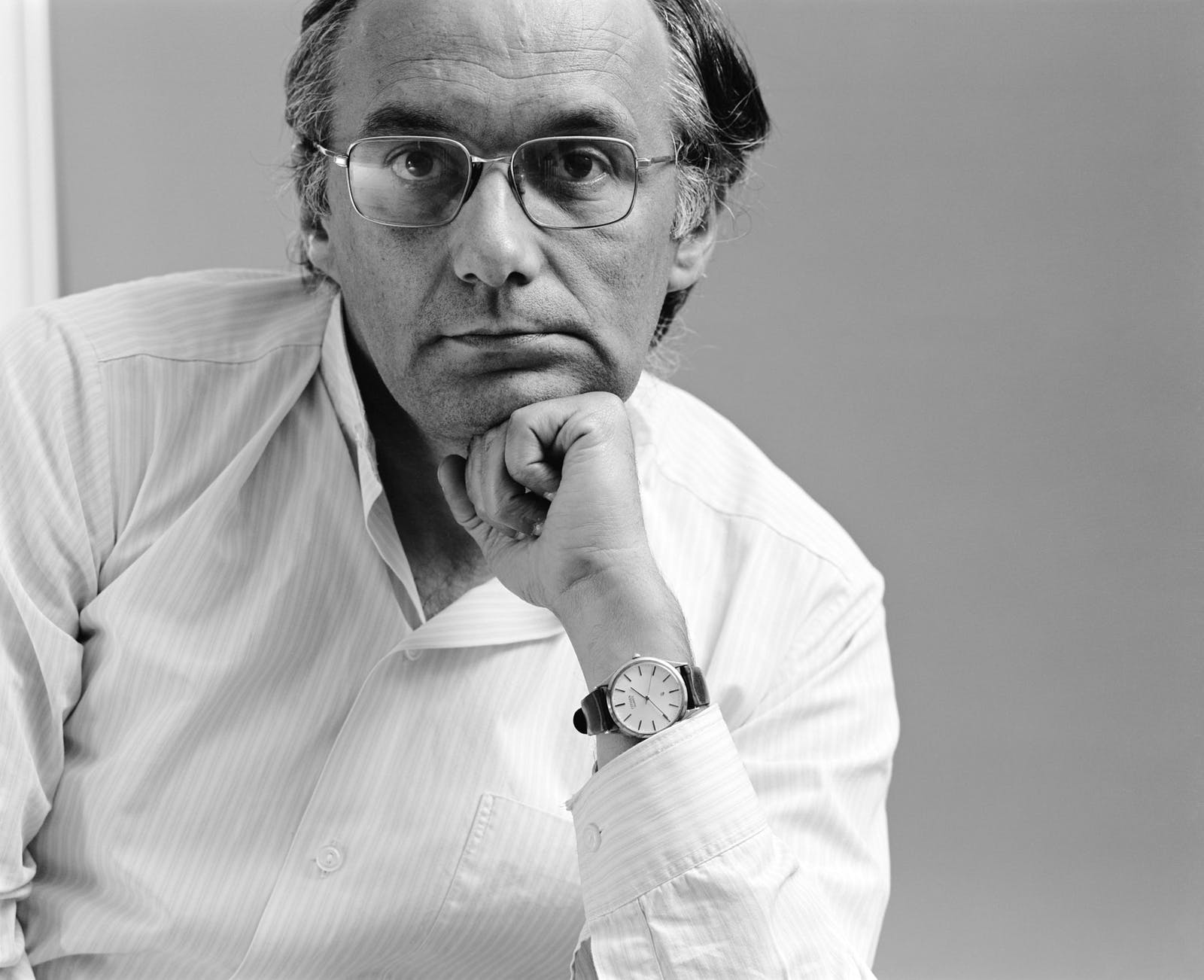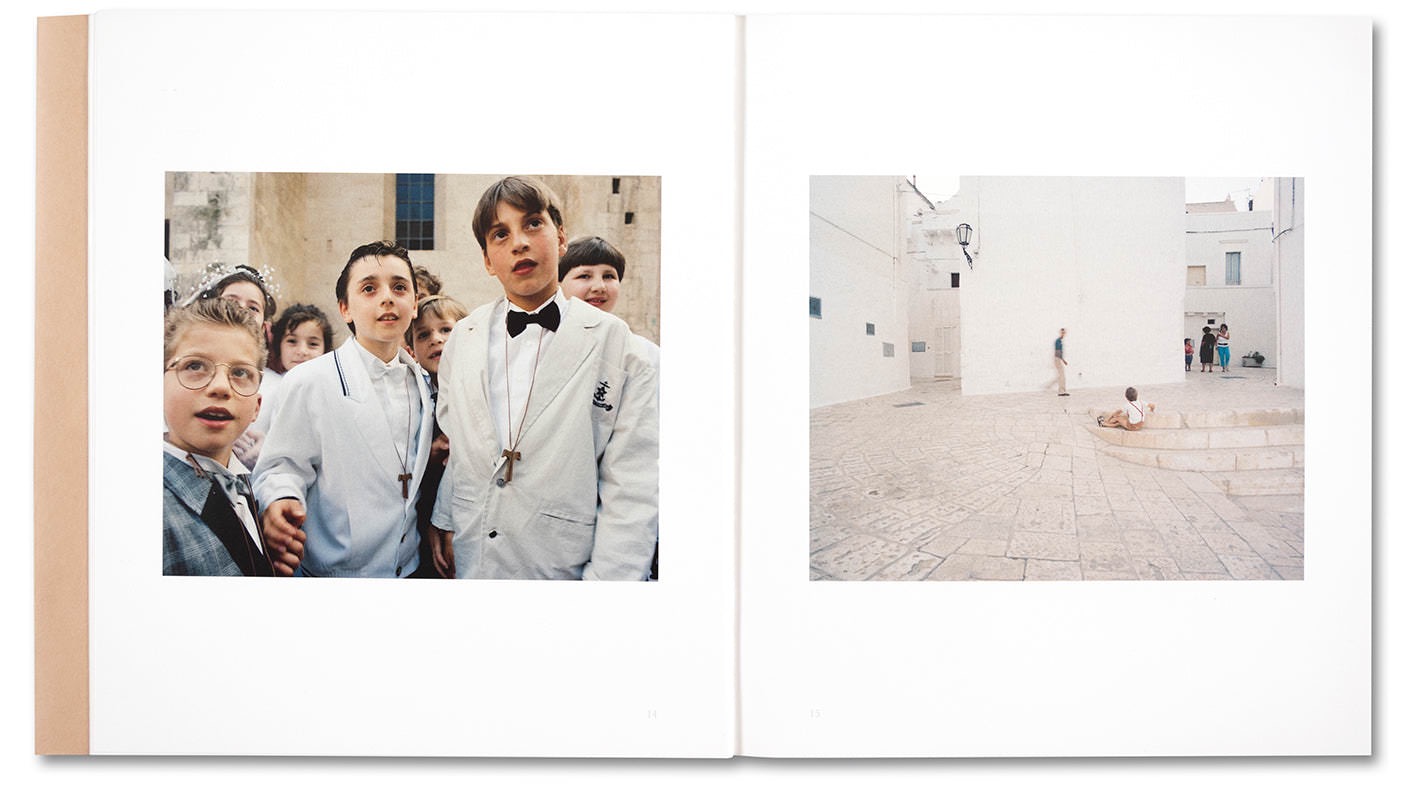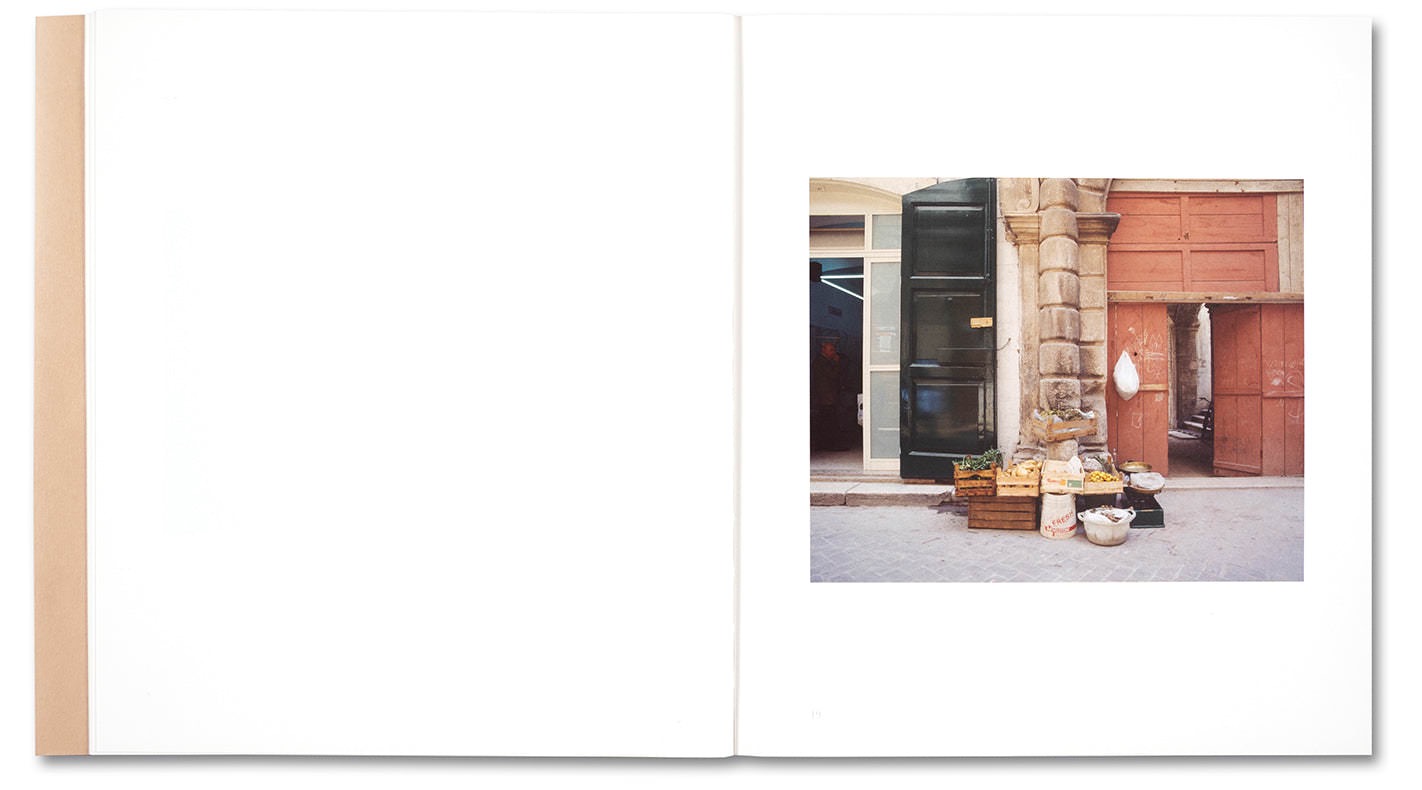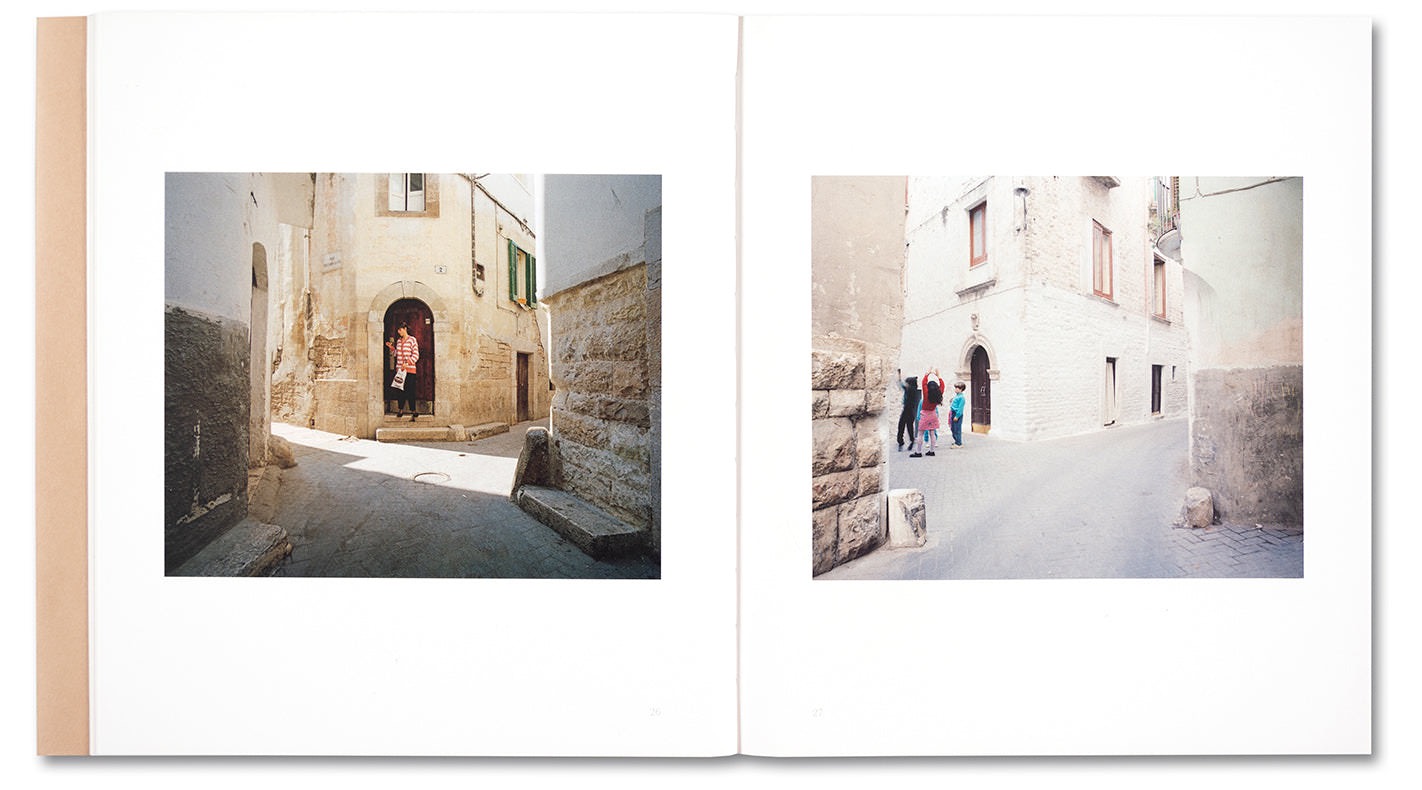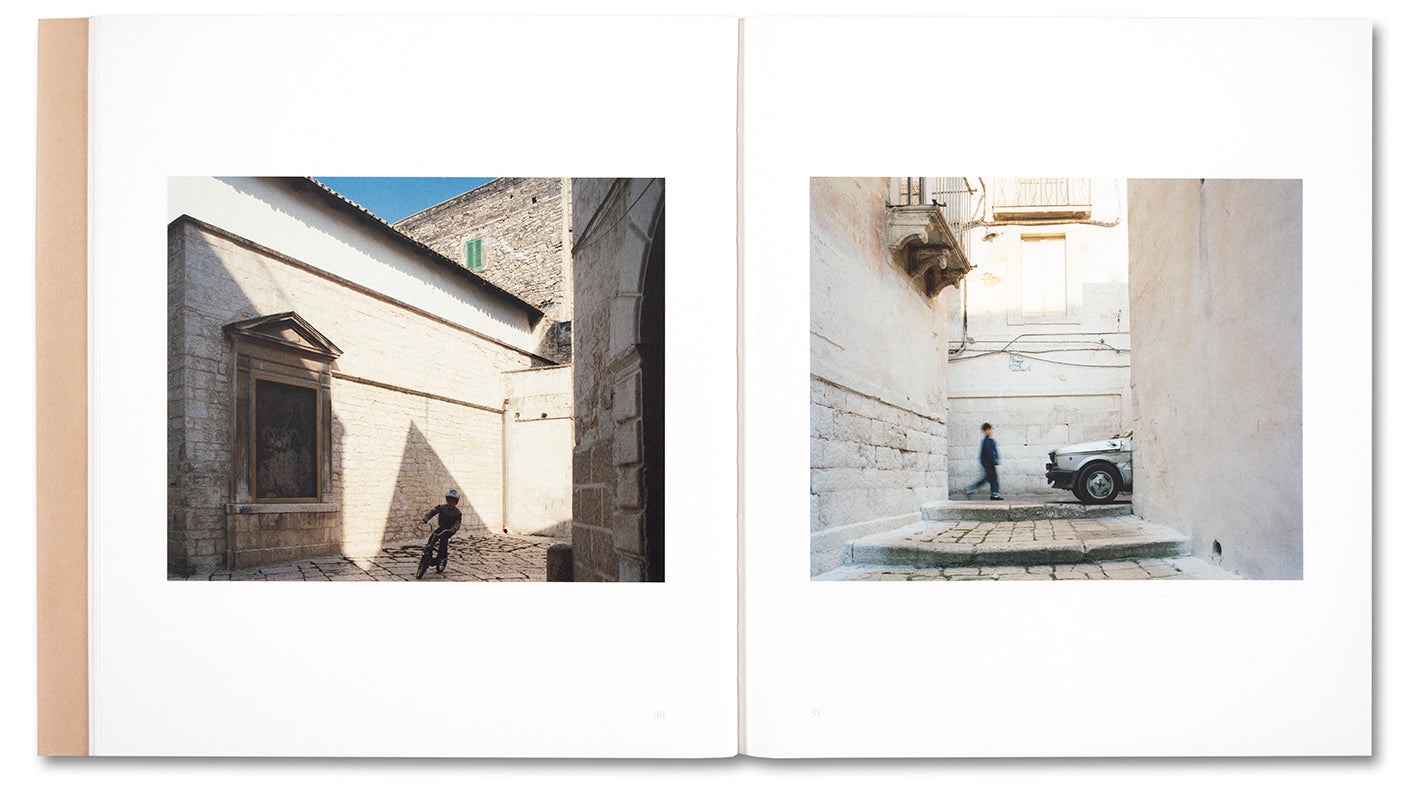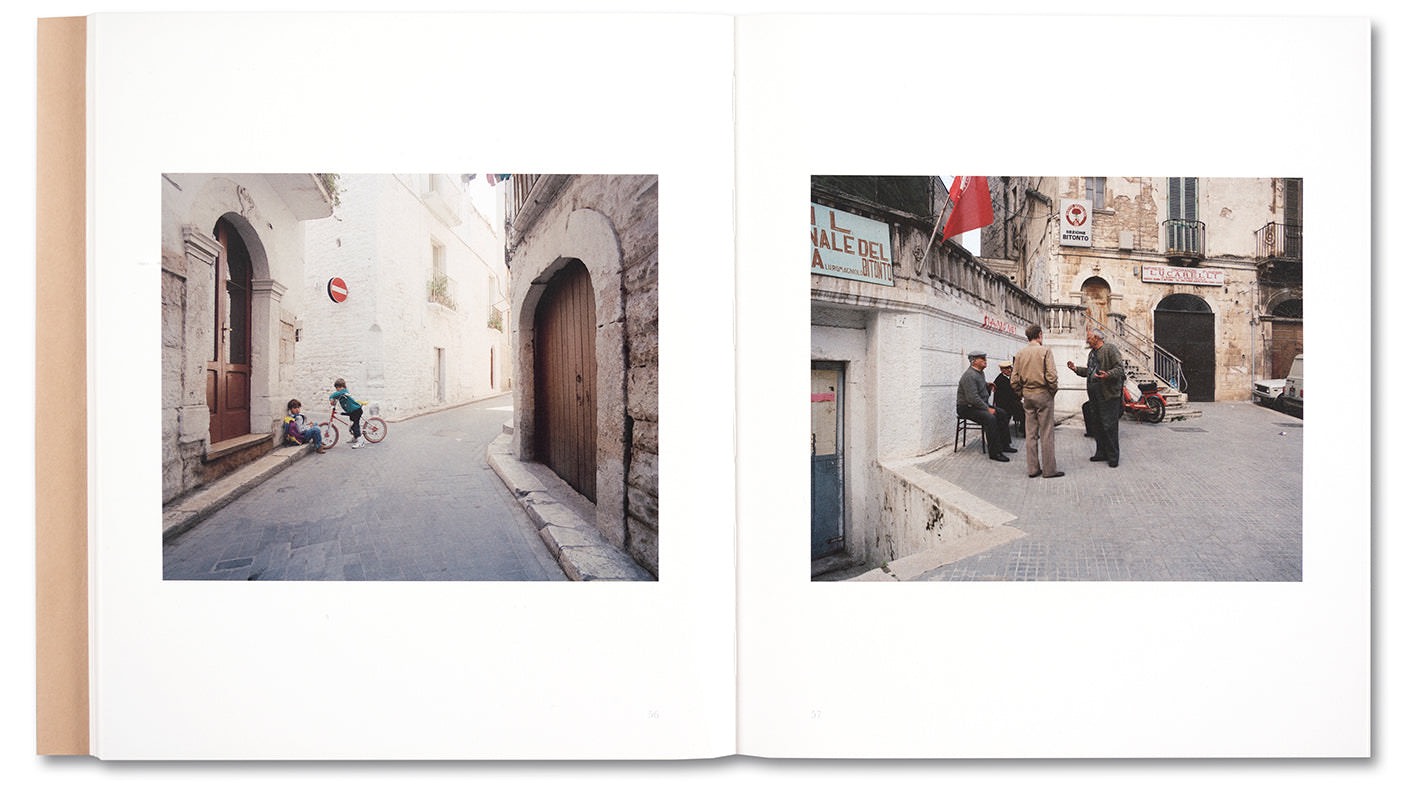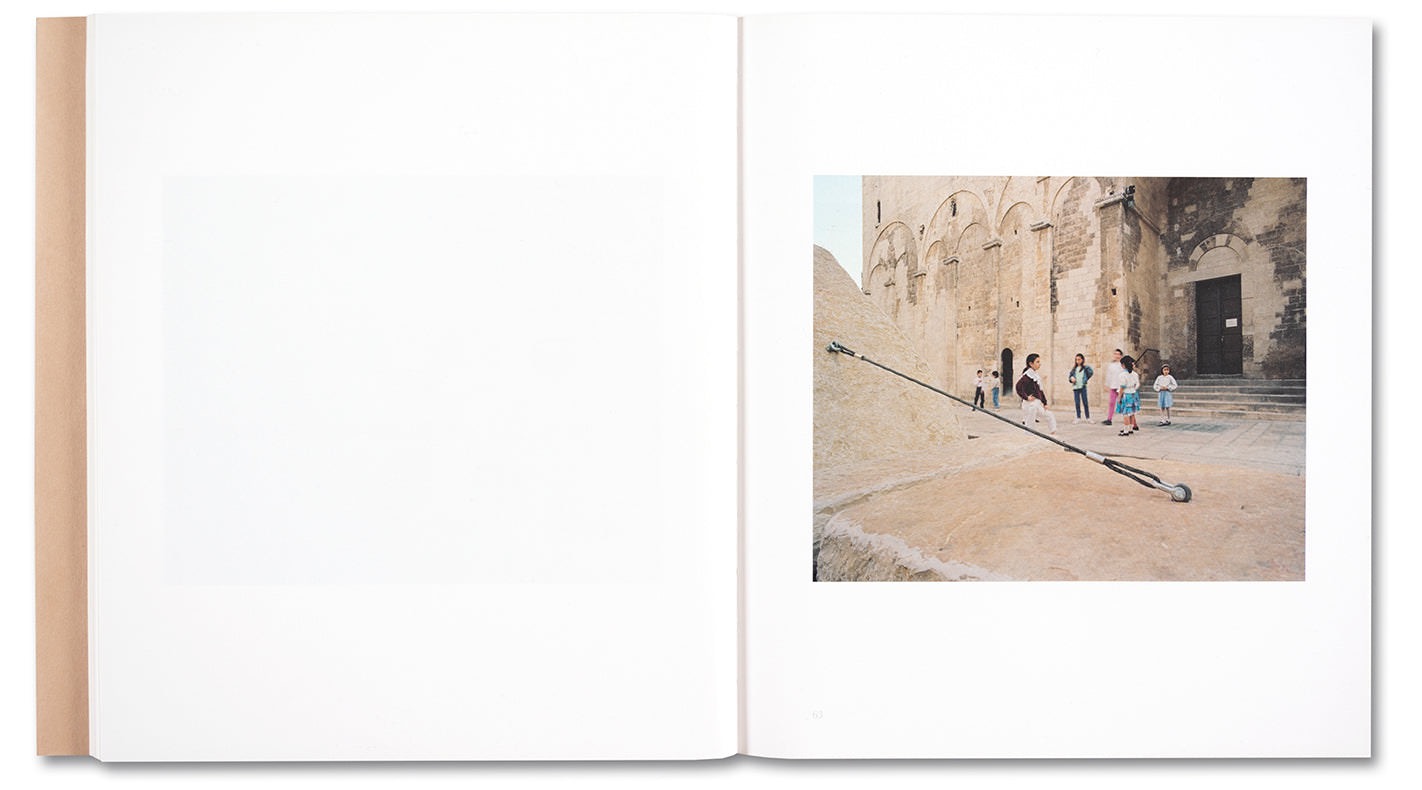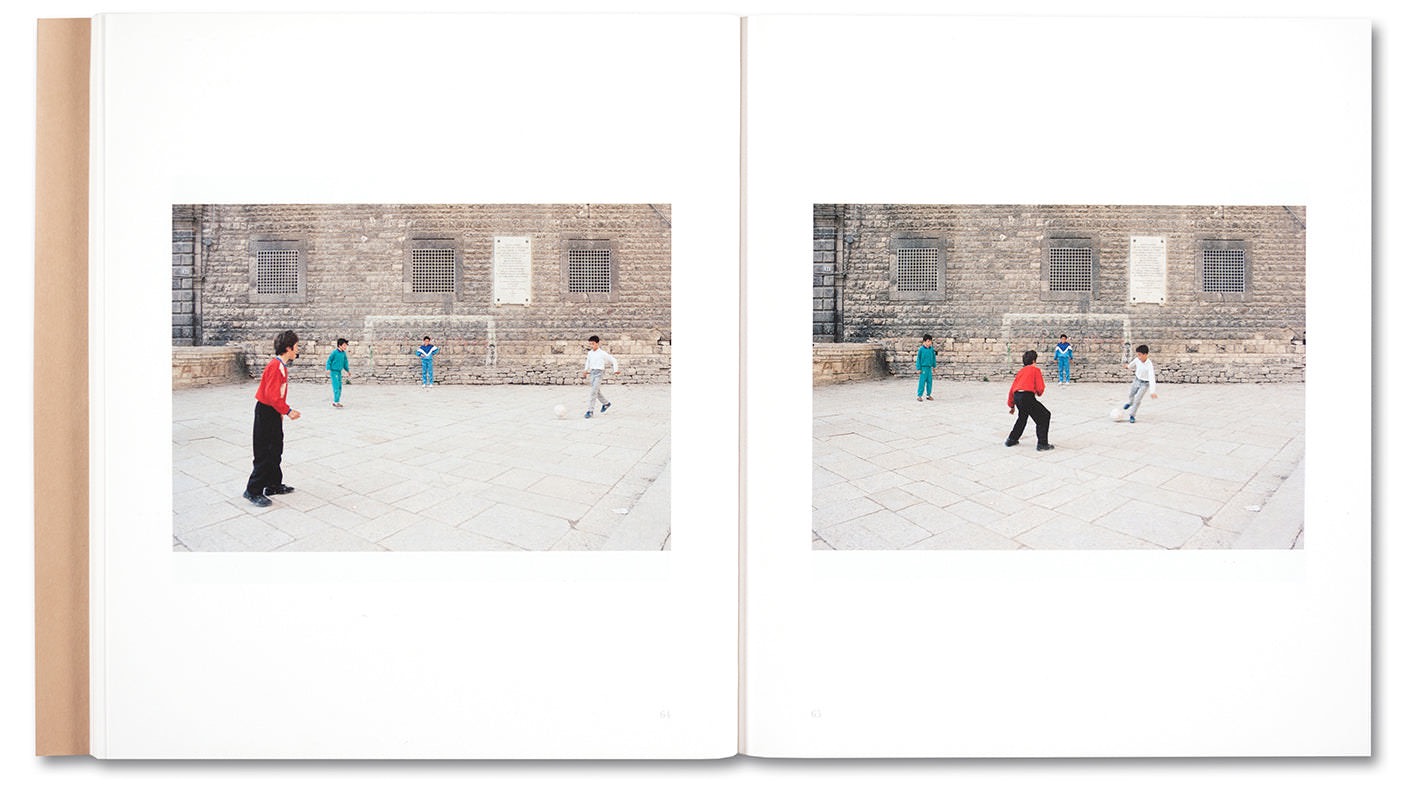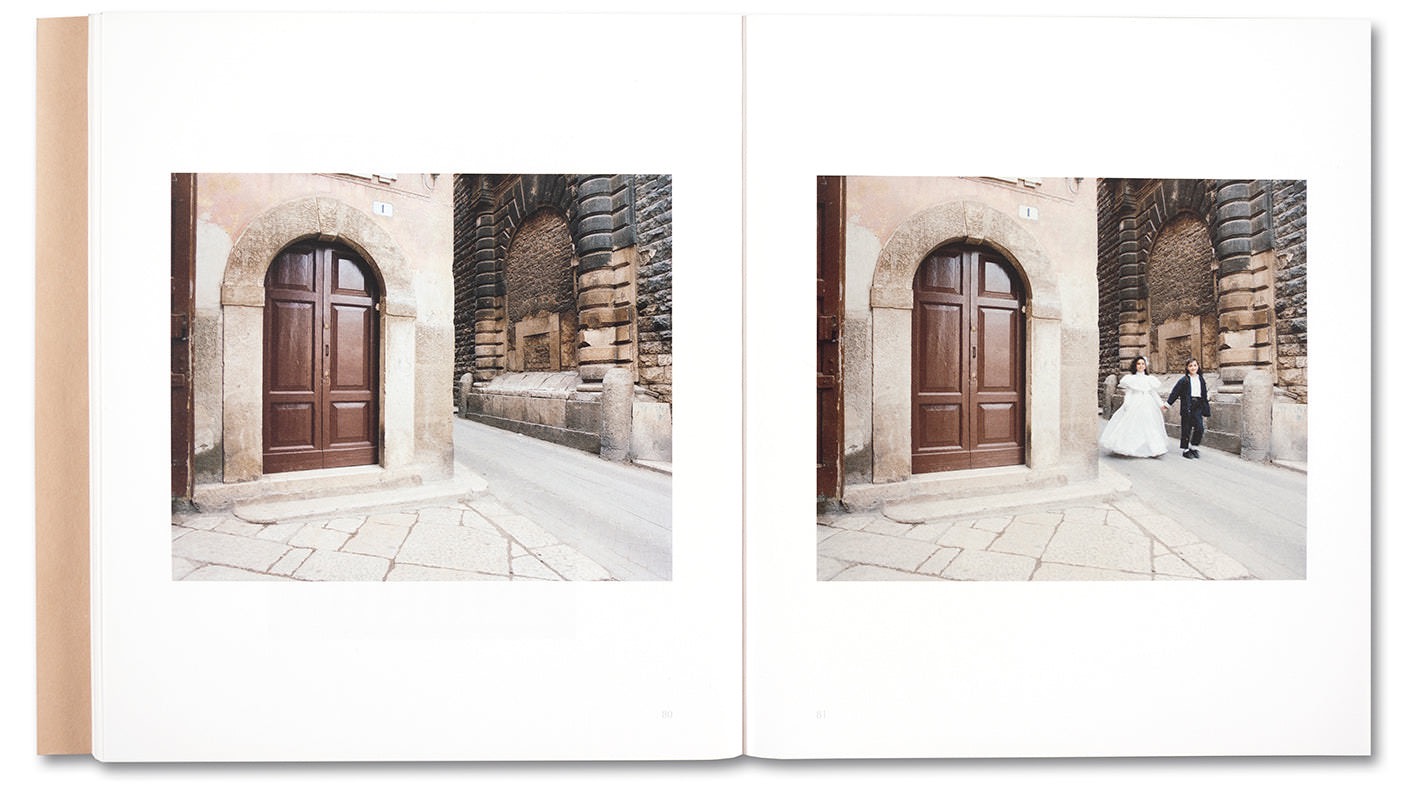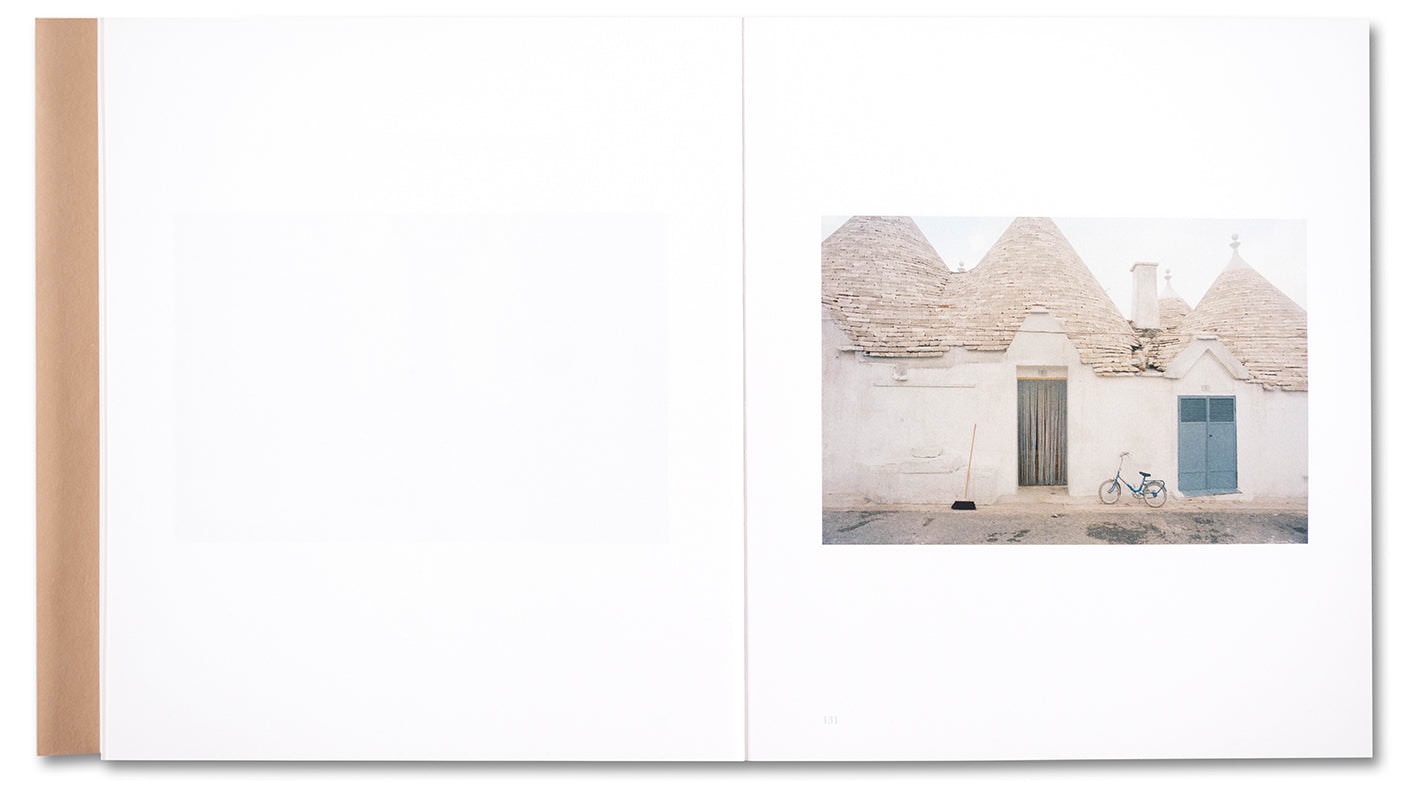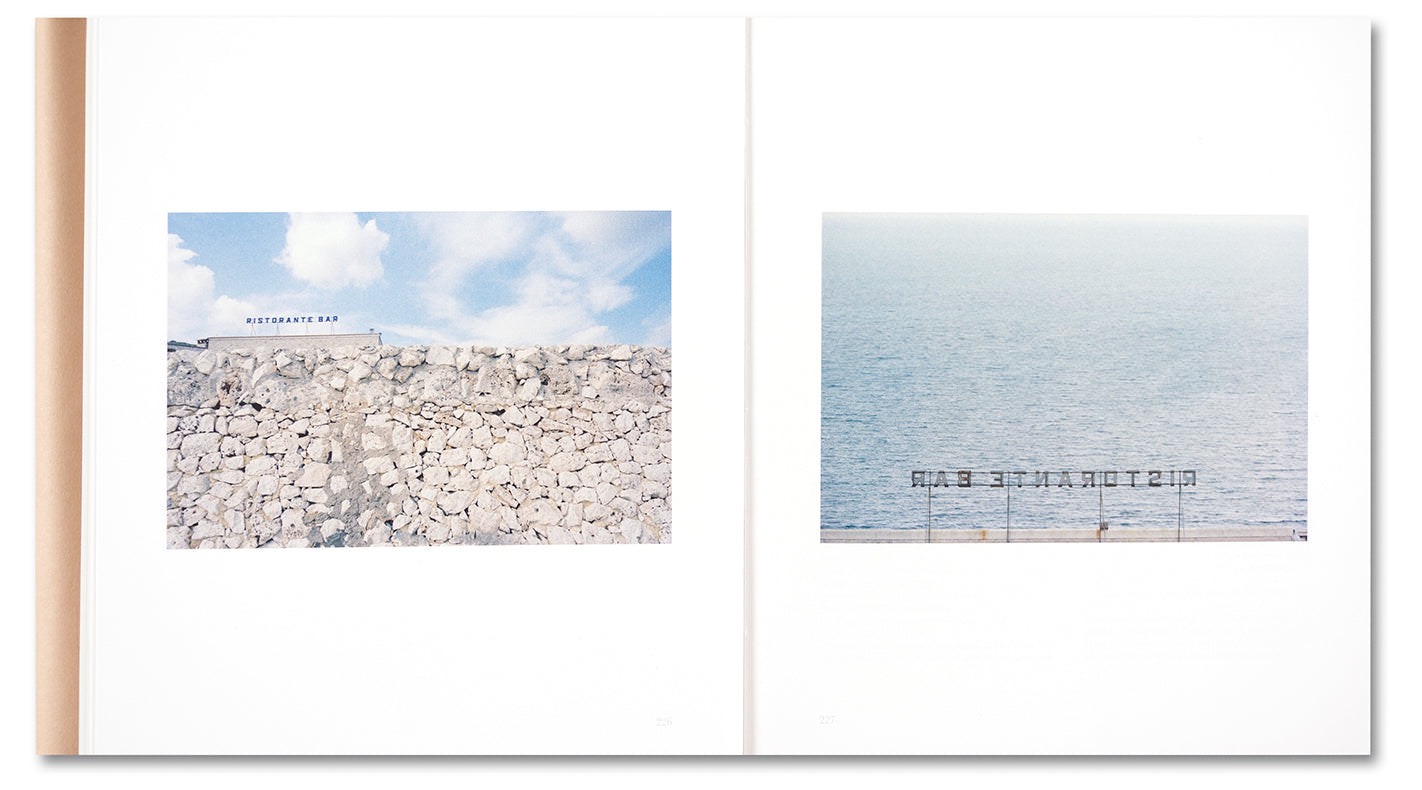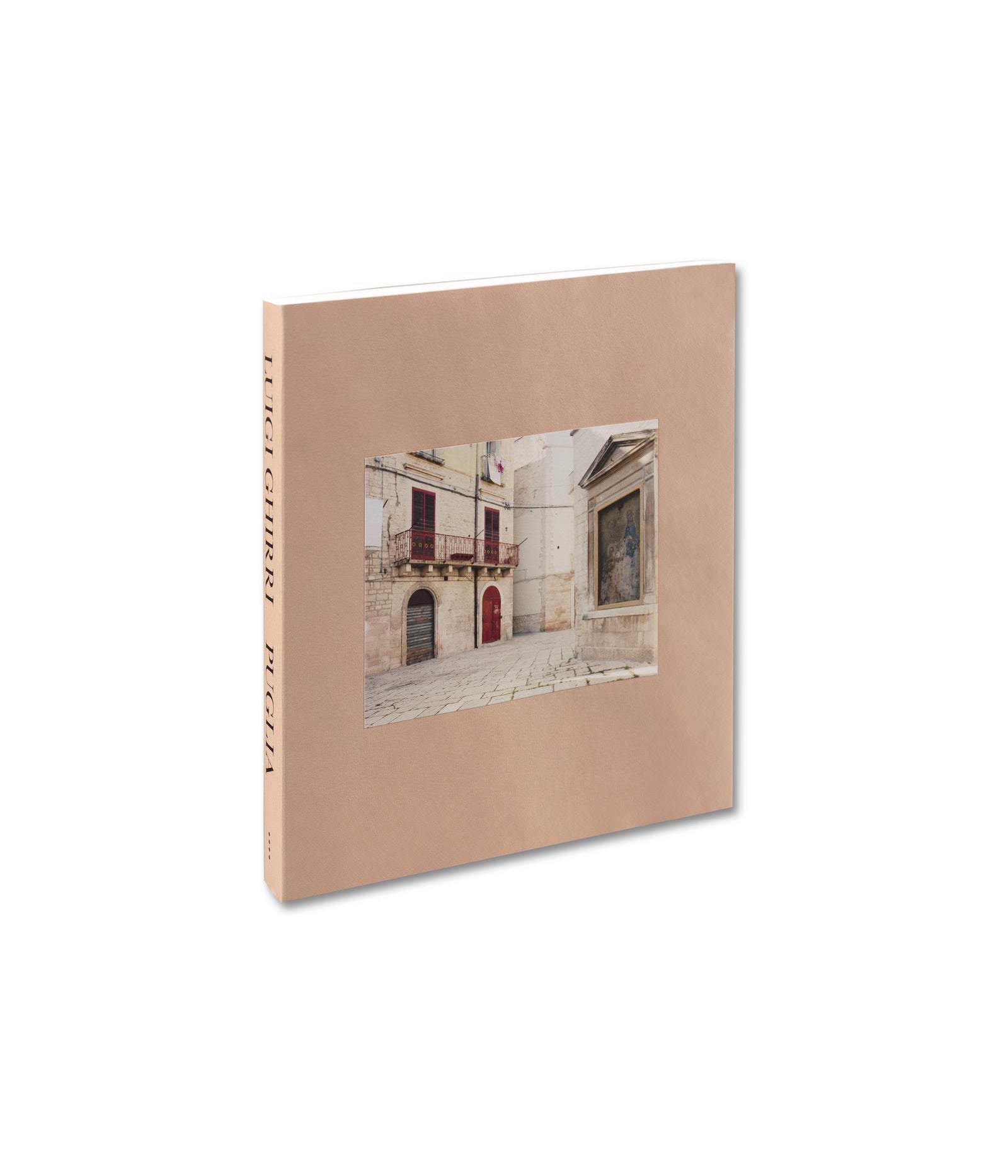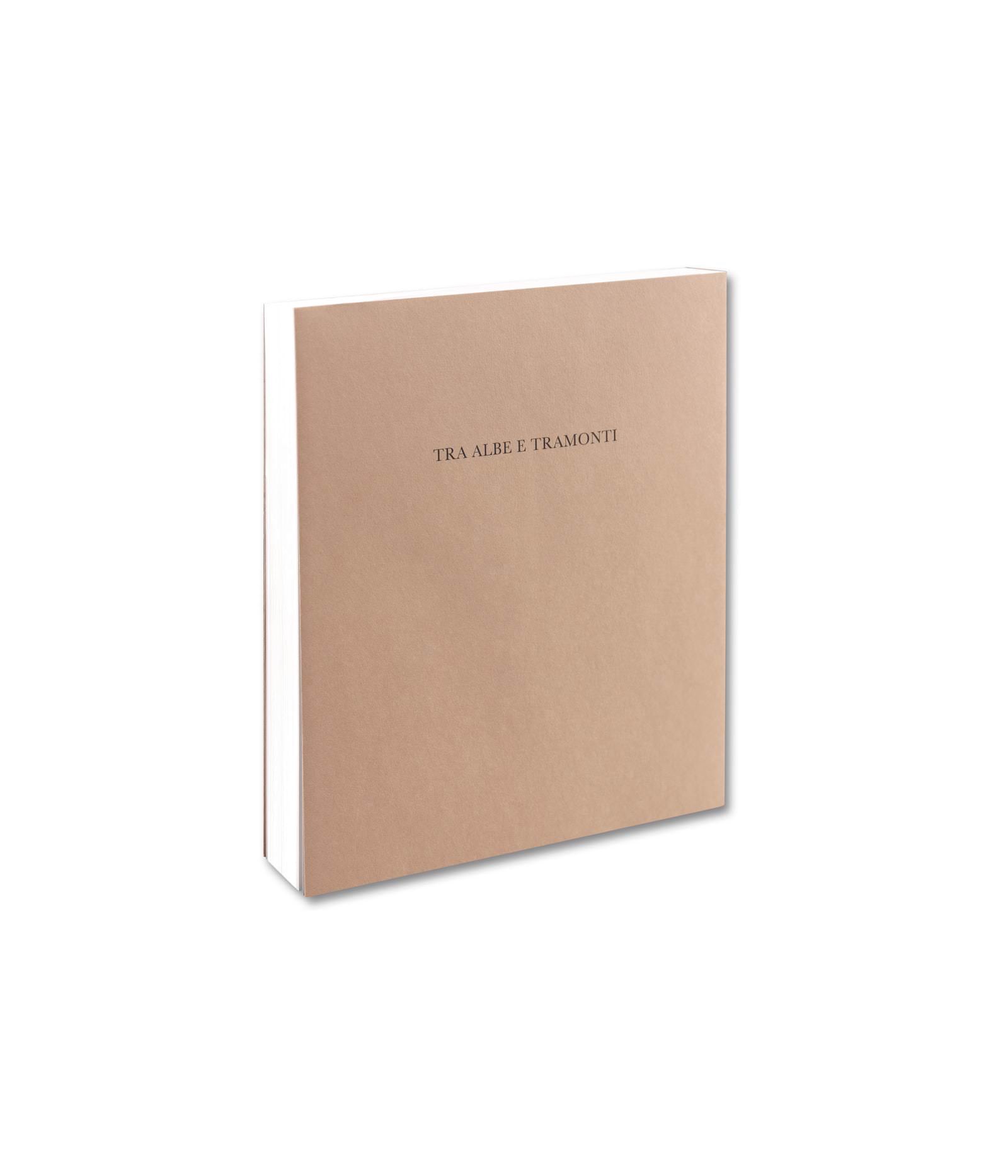Luigi Ghirri: Puglia. Tra Albe e Tramonti
Puglia. Tra albe e tramonti offers a brilliant account of Luigi Ghirri’s relationship with Puglia — a distinctive region at the heel of Italy, which was pivotal in establishing Ghirri’s career and continued to inspire him throughout it. A first visit in 1982 introduced Ghirri to Puglia’s whitewashed streets, luminescent nights, doorways and arches, potted cacti, funfairs, and beaches, as well as a group of artists, critics, and curators who would become his close friends and collaborators. Over the following decade, Ghirri returned to the area almost every year, photographing, exhibiting, and deepening his understanding of its subtle terrain.
These photographs, almost all of which are little-known and previously unpublished, capture the textures and rhythms of urban life, delighting in visual coincidence and tactile detail. Their sense of quiet discovery — and the color film on which they are shot — allude warmly to the area’s identity as a popular holiday destination. Ghirri maps the Apulian territory via the traces left by its inhabitants and visitors in images flooded with the distinctive light of Southern Italy – the bright sun and its eloquent shadows, and the otherworldly aura of neon and street lights after dark.
With texts by Adele Ghirri and Arturo Carlo Quintavalle.
About the Author
Luigi Ghirri, who lived from 1943 until 1992, was a revolutionary photographer from Italy who gained an influential reputation as a master and pioneer of contemporary photography.
In the 1970s, his career began with an organization headed by conceptual artists. This group had a major influence on Ghirri and he managed to present his first series of photographs about his homeland in an ambiguous and poetic way. He produced color photos of architecture and landscapes within conceptual art’s scope. His photographs were embedded with a straightforward approach, sometimes veiled with an ironic sense of humor. He always considered the questionable balance between surroundings and people through his images.
He made a series of works, taking images of parks, urban landscapes, and beaches. His photos were of medium size and his utilization of color was hailed for its competence to express nostalgia and prescience.
In the 1970s, while he was becoming increasingly engrossed in his skills, photography in color particularly in Europe was struggling to locate its means to enter into galleries and museums. This explains why it took two decades almost after his death, for his work to gain significant consideration beyond Italian boundaries.
His work however did gain international awareness as well. In 1975, Luigi Ghirri was included in the Discoveries list of Time Life‘s annually published Photography Year issue. In the same year, he displayed his work at a show in Kassel, called Photography as Art, Art as Photography. In 1982, Ghirri was invited to Cologne’s Photokina, where the photographer was presented as among the twenty most important photographers of the twentieth century. He has been the topic of several books and works by him has been displayed at many different locations in the world, such as Bibliothèque Nationale (Paris), Museo della Fotografia Contemporanea (Milan), Stedelijk Museum (Amsterdam), Canadian Centre for Architecture (Montreal), Museum of Modern Art (New York), and Museum of Fine Arts (Houston).
In his own country, Luigi Ghirri developed an influential and strong voice much quicker. In 1977, he opened up a publishing house rather small in size, called Punto e Virgola along with Paola Borgonzoni, his wife as well as a photographer friend Giovanni Chiaramonte. This step actually filled the gap in the scope of Italian institutions of art by dedicating to sustain the growth of the culture of photography. Ghirri focused on publishing essays and monographs of artists and by doing this, he hoped to spread photography’s artistic value and educate a scarcely literate audience in photography.
In 1978, with a low budget, Kodachrome became Ghirri’s publishing house’s first book that got printed. It assembled ninety-two images taken by Ghirri in Italy and areas surrounding it. In his images, people hold a secondary place in comparison to urban settings and landscapes which are more important features of his photos. Ghirri’s work is extremely precise and minimalistic. Some of his images resemble line drawings since the composition is so accurate. Apart from being a photographer, Ghirri was a creative writer too. His visual and theoretical ideas often appeared marvelously clairvoyant. He wrote the foreword for this work as well. Ghirri’s ground-breaking vision gave a novel aesthetic and artistic identity to everyday spaces. Although his approach is simplistic many times, it dispersed a sense of calmness and emptiness. (via Famousphotographer.net)

